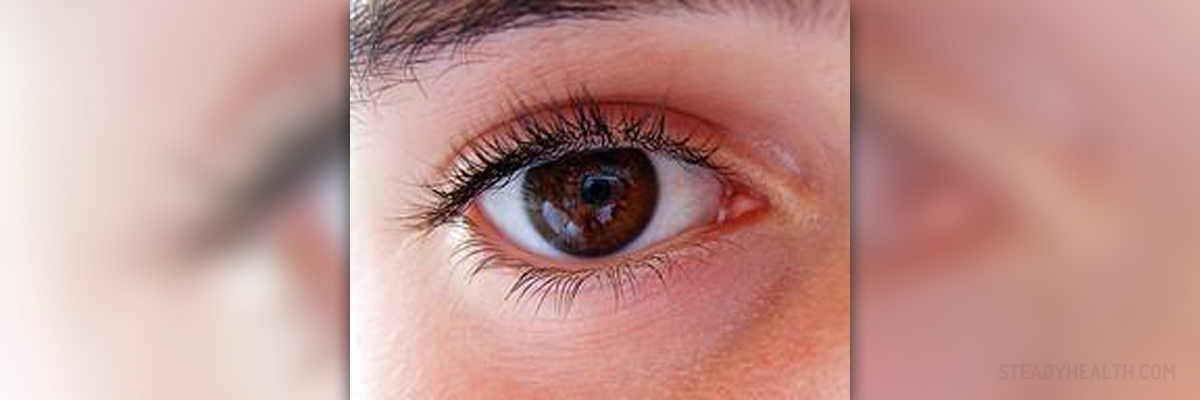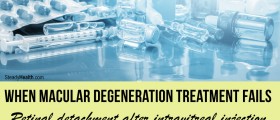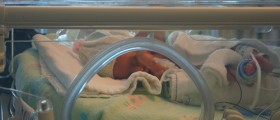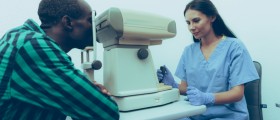
Premature Retinopathy Facts
Premature retinopathy is a type of disorder that affects the retina of prematurely born babies. As is the case with any other subtypes of retinopathy malfunctioning blood vessels are formed in the eye, which in turn reduces vision. In the most extreme instances the damaged blood vessels can cause the detachment of the retina from the back of the eye and permanently lead to blindness. The extent of premature retinopathy differs from infant to infant. It is not uncommon for the condition to disappear naturally but if it does not laser surgery is often performed to correct the vision. The main purpose of the surgery is either to permanently remove the malfunctioning blood vessels or to repair them in order to make sure they don’t cause further destruction to the retina.What Causes Retinopathy?
Treatment
As already mentioned, surgery is the primary type of treatment administered to patients with premature retinopathy. During the surgery, damaged blood vessels are removed from the sides of the retina to stop them from reaching the center. The surgery leaves scars on the sides of the retina to prevent the future growth of damaged blood vessels and subsequent detachment of the retina. Consequently, some of the peripheral vision is lost due to the scars left from surgery. Experts agree that it is worth to reduce the peripheral vision is order to preserve the center of the retina, which if it gets damaged leads to the loss of vision.Types of Surgery
There are 4 distinct types of surgery for premature retinopathy including laser, cryotherapy, scleral buckling, and vitrectomy. Laser surgery is most often used. Small laser beams leave scars on the sides of the retina and it takes 30 to 45 minutes to complete for each eye. The patient is released on the same day as only minor anesthetics are used to ease the discomfort. Cryotherapy is a procedure during which extremely cold air is used to freeze the sides of the retina. Up until recently, cryotherapy was the first choice for treating premature retinopathy but it has been replaced by laser surgery due to its stronger cost to benefit ratio. In more extreme cases of retinal detachment a procedure called scleral buckling is employed to try and reattach the retina. During this procedure a silicone band is inserted around the white mass of the eye, which in turn causes the retina to be pushed back closer to the wall. This type of procedure can take a few hours. Lastly, vitrectomy is a complicated kind of procedure whose aim is to replace the gel from the center of the eye with salt solution. Once the clear gel is removed the retina is free from damaged vessels and scars, and less likely to get detached.Diabetic Retinopathy
Diabetic retinopathy is the subtype of the disorder and the number one cause of vision loss in the US. Diabetic retinopathy is one of many health consequences of long-term diabetes. The high levels of sugar in the blood destroy the current and lead to the formation of new damaged blood vessels that create vision problems. The current blood vessels get swollen and enlarged, which can in turn make them leak blood or eventually burst. As is the case with any kind of retinopathy, if not diagnosed and treated on time it can lead to retinal detachment and complete loss of vision. Once the first signs appear, such as blurry or disrupted vision, the disease is already at more advanced stages. Therefore, it is highly recommended for anyone who has had diabetes for more than a few years to have regular annual eye exams in order to catch it while it is early. The surest way to prevent retinopathy from developing into a more serious condition is by keeping both the levels of sugar and the blood pressure in check. Cholesterol also plays a part in diabetic retinopathy so eating healthy and exercising regularly in order to maintain the overall health as much as possible is very important in dealing with the condition.
















Your thoughts on this
Loading...